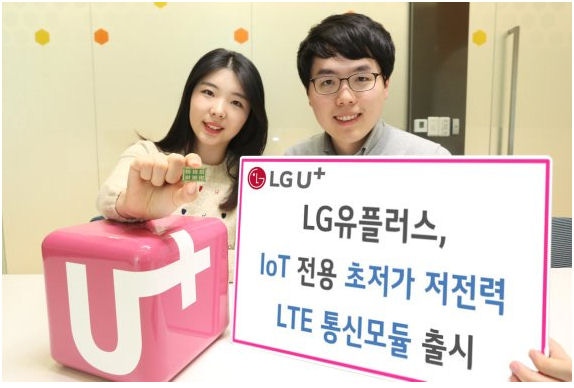Korean operators KT and LG U+ have both announced initiatives designed to support what they call the Internet of Small Things (IoST).
March 30, 2016

Korean operators KT and LG U+ have both announced initiatives designed to support what they call the Internet of Small Things (IoST).
According to Korea Times KT will be investing 150 billion won ($128.73 million) in establishing an NB-IoT (narrow band) network using LTE-M to support the IoST in Korea, although it’s still not entirely clear now this differs from regular IoT.
One clue comes in the form of a further investment to provide 100,000 sensor modules to developers in a bid to kick-start the IoST industry. According to the Korea Times piece the technology allows lots of low-volume data to be transmitted with minimum power consumption, so it seems that IoST is another name for the lower-power end of IoT.
“We will provide 100,000 IoST telecom modules for free and offer the service without charge this year,” said KT IoT division SVP Kim June-keun at a Seoul press conference. “We will pour 150 billion won into this sector, which is an aggressive investment. We aim at increasing the number of connected IoST modules to 4 million by 2018 to lead the IoT business.”
KT seems to think the main drivers of the IoST industry will be SMEs, hence the perceived need to kick-start things. The other apparent purpose of the IoST concept is to make a clear distinction between super-efficient IoT networks and high-performance 5G ones. There seems to be an ongoing education strategy to emphasise the fundamental difference between the two.
At the start of this week LG U+ also announced the development of a low-power IoST module in partnership with LG Innotek, according to Business Korea (also the source of the above image).
As with KT, LG U+ is focusing on using LTE rather than distinct, proprietary IoT networks, citing the convenience and efficiency of repurposing some of the existing network rather than starting from scratch. LG U+ reckons its module is half the size of existing LTE modules, enabling its use in things like wearables. Unlike KT, however, it’s not giving them away for free.
About the Author(s)
You May Also Like







.png?width=300&auto=webp&quality=80&disable=upscale)

.png?width=300&auto=webp&quality=80&disable=upscale)
_1.jpg?width=300&auto=webp&quality=80&disable=upscale)



.png?width=800&auto=webp&quality=80&disable=upscale)